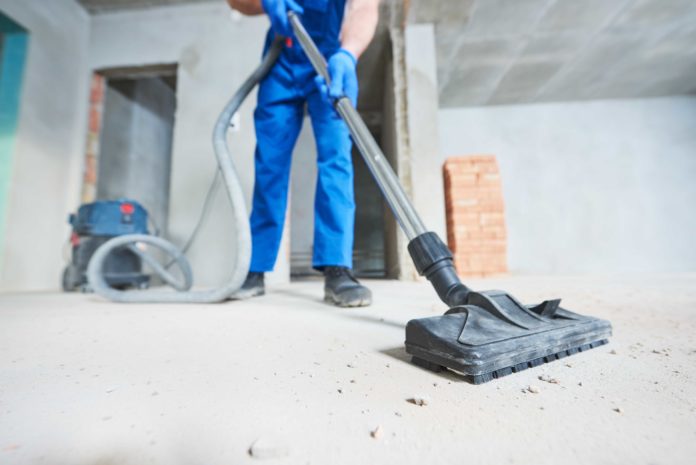
Heights, because bad things can happen in an instant. Health hazards, because they can build up over time but end up just as damaging.
Both issues are being reviewed and monitored, with WorkSafe looking at silica and accelerated silicosis, and the Ministry of Business, Innovation and Employment (MBIE) doing a review of regulations around plant, heights and excavations.
Site Safe contractor and health and safety consultant Kelvin Sparks has a few tips for those working at heights, and he also has a warning about a health issue not everyone thinks about.
He says falls are usually the leading cause of death and injury in the construction sector.
“We all have to be aware of the dangers of working at heights of any level, and make sure we take appropriate steps to ensure our safety when working at heights,” Mr Sparks says.
The Christchurch-based safety practitioner says he’d like people to get right away from three and four-step ladders.”
“Even the platform ladders — that have the handle that comes up above them — often make people feel a little too confident. So they over-extend and lean out to the side, causing a fall.
“I would much prefer the guys use a mobile scaffold — it’s a bit more work for them but it’s certainly a lot safer.
The concerns about silicosis are part of the bigger picture of looking after individual health.
The WorkSafe review is based on concerns about the growing number of people affected by silica dust from artificial stone, causing lung damage.
Up to the end of July, 130 workers in Australia had been diagnosed with silicosis, an untreatable lung disease which can be fatal.
But Mr Sparks says every site has dust lying around that can cause problems. He says there is always a lot of dust generated on a worksite from all kinds of sources.
“There’s silica from concrete dust, wood dust from treated timber, fibreglass fibres from insulation — and it’s all lying around the site.”
Toxic cloud potential
He says tidy tradespeople tend to grab a broom to clean things up but this can cause problems. “All of a sudden you’ve created a potentially toxic cloud of silica, fibreglass and treated timber dust, and workers are breathing that in.”
He says when it comes to cleaning up, people must use an effective dust mask or respirator and, ideally, an industrial vacuum cleaner, not brooms or blowers.
Workers must also decontaminate themselves, he says, changing out of their work clothes before going home.
“Otherwise all those substances get on their overalls and their hi-viz, and they hop into their ute which contaminates it, and then they go home and cuddle their kids and contaminate them.
“And on weekends they all hop into the work vehicle to go to sports and breathe in a bit more. Kids lungs are smaller and they can’t cope with that stuff.”
While he says there is always room to improve in the safety sphere, there is plenty of good stuff going on, with pre-start talks and toolbox talks being used well, and workers taking on board safe work practices.
For information about silicosis and health monitoring:
worksafe.govt.nz/about-us/news-and-media/accelerated-silicosis
For information about the MBIE review of plant, structures, heights and excavations go to: www.mbie.govt.nz/have-your-say/implementing-the-health-and-safety-at-work-act-better-regulation-plant-structures-and-heights.
For more information about working at heights:
www.sitesafe.org.nz/training/our-training-courses/height-and-harness-safety.



